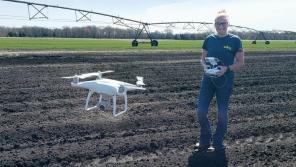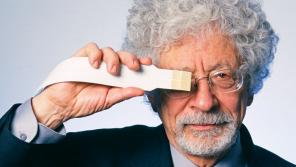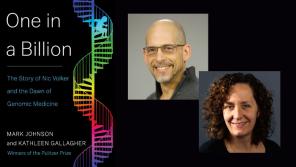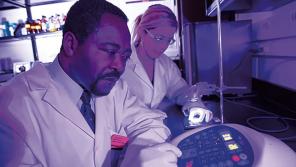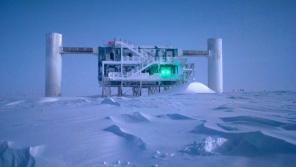emerging technology
From a hundred feet in the air, Moriah Rataczak inspects the fields of Gumz Farms in Central Wisconsin.
Reflections on the Evangelical and technological soul.
A vision-aid device developed by a Middleton company helps profoundly blind patients "see" through electro-tactile stimulation to the tongue.
Five years ago, the term CRISPR-Cas was familiar to only a handful of microbiologists. Today, thousands of scientists around the world are using this novel gene editing technology. Why?
In 2009, a team of doctors and scientists at the Medical College of Wisconsin shook up the medical community by successfully sequencing a young Wisconsin boy’s DNA in order to identify and treat an unknown, life-threatening disease.
A UW–Madison researcher and artist collaborate on a new way to charge your phone.
Dr. Chukuka S. Enwemeka, dean of UW–Milwaukee’s College of Health Sciences, shares the latest medical applications for near-infrared and blue light.
FIRST Robotics volunteers, mentors, and students are all creating a brighter future for women in STEM.
What if there was a way to treat debilitating diseases without drugs or surgery? What if chronic injuries could be healed with the application of something as ubiquitous as light?
The IceCube Neutrino Observatory was built specifically to chase neutrinos, ghostlike fundamental particles formed in the first second of the e
- 1 of 2
- next ›
Contact Us
contact@wisconsinacademy.org
Wisconsin Academy Offices
1922 University Avenue
Madison, Wisconsin 53726
Phone: 608.733.6633
James Watrous Gallery
3rd Floor, Overture Center for the Arts
201 State Street
Madison, WI 53703
Phone: 608.733.6633 x25

